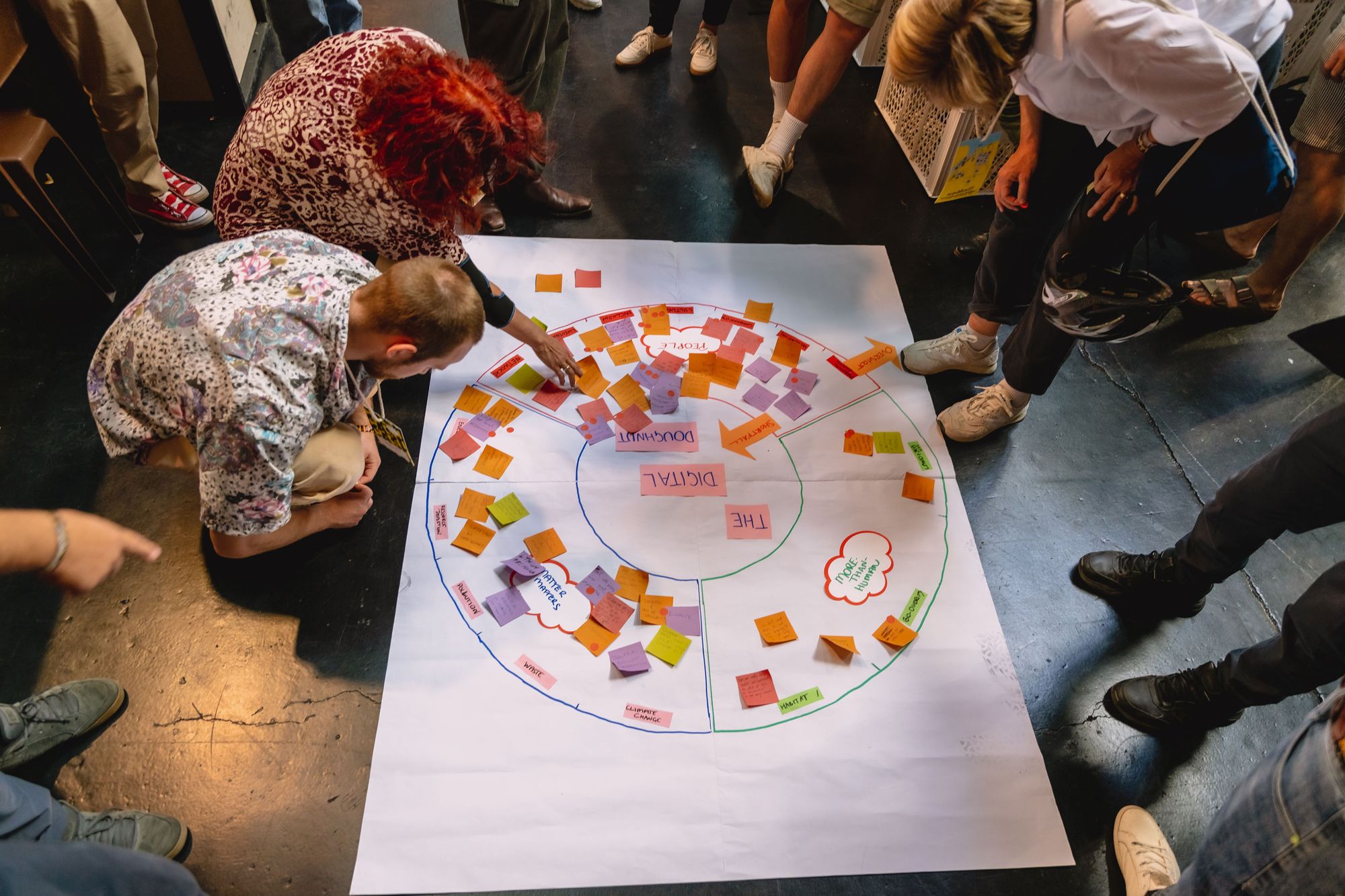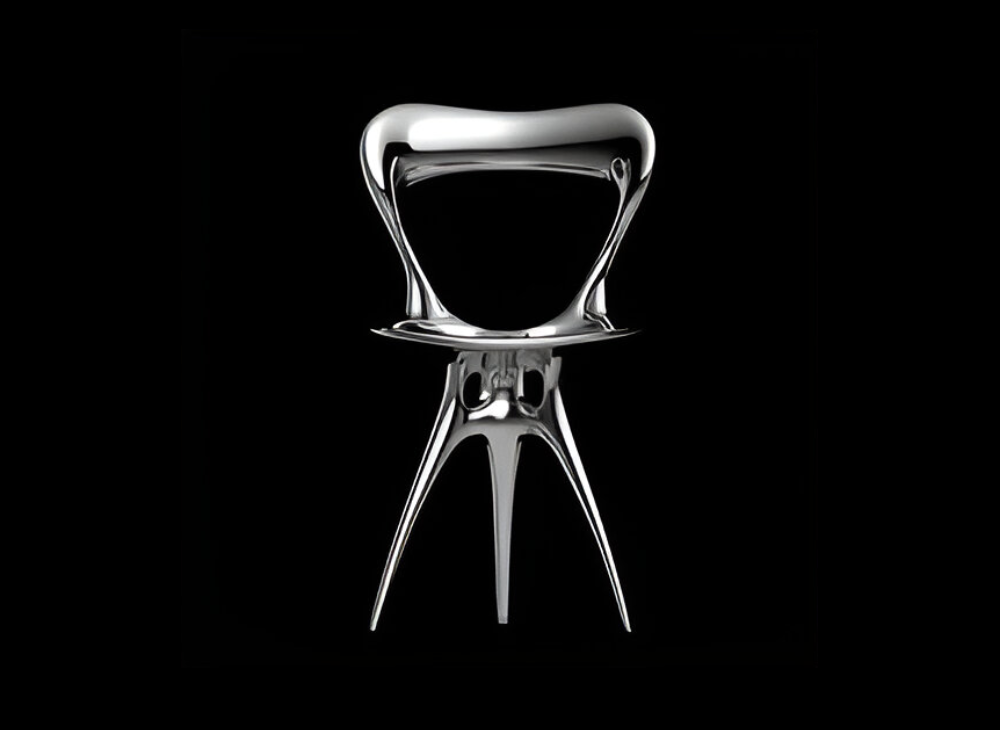Distributed design is redefining how creative professionals conceive, create, and innovate. In this model, creativity is decentralized, shared among a global network of designers, makers, and innovators. Fueled by advancements in technology and the growing demand for remote work, global design collaboration breaks down geographical barriers, enabling teams to work seamlessly across time zones and cultures. The result? Distributed creativity that blends perspectives from multiple disciplines, regions, and traditions—delivering ideas and solutions that no single location or culture could produce in isolation. This shift is more than a workflow change; it’s a cultural transformation that reimagines design as a truly shared endeavor.
Cloud-Based Design Platforms: The Engine of Distributed Creativity
The rise of cloud-based design platforms has made distributed design practical and powerful. These tools allow creative professionals to collaborate in real time, share iterations instantly, and maintain version control across continents. Designers can brainstorm, sketch, and refine concepts together as if they were in the same studio—without the cost or environmental impact of travel. Platforms that enable seamless integration of feedback loops, asset sharing, and live updates are unlocking new creative possibilities. Every contributor can work on the most up-to-date version, minimizing friction and maximizing agility. This shift has democratized access to talent, inviting participation from voices historically excluded from traditional design hubs.
Cross-Cultural Collaboration and the Global Talent Pool
Distributed design taps into a global talent pool that knows no boundaries. By bringing together designers from diverse cultural and disciplinary backgrounds, it encourages the cross-pollination of ideas. A product conceived in Tokyo can be shaped by input from Lagos, refined in São Paulo, and prototyped in Berlin—all within the same project cycle. This cultural richness results in designs that resonate across markets and embrace inclusivity. It fosters a deeper awareness of context, allowing for solutions that are not only innovative but socially and environmentally responsive.

Immersive Collaboration with VR and AR
The integration of virtual reality (VR) and augmented reality (AR) is taking distributed design to the next level. These technologies create immersive environments where physical distance becomes irrelevant. Teams can walk through 3D models, manipulate designs, and experience spatial relationships together in real time. Unlike flat screens and static presentations, VR/AR enables dynamic, spatially rich collaboration that mirrors the nuances of in-person work. Designers can gesture, annotate, and iterate in virtual space, building a stronger shared understanding and reducing costly miscommunications.
Open-Source Platforms and Collaborative Innovation
Initiatives like the Distributed Design Platform in the EU demonstrate how open-source principles can enhance global design collaboration. Acting as a hub for designers, makers, and enthusiasts, these networks promote sustainability, accessibility, and shared innovation. By embracing open design practices, these communities encourage co-creation with users, cross-disciplinary partnerships, and real-time data integration. The result is a design ecosystem where knowledge flows freely and projects evolve collectively, not in isolation.

The Future of Distributed Creativity
As technology continues to evolve, distributed creativity will become more immersive, more inclusive, and more impactful. The combination of cloud-based tools, immersive tech, and global talent networks will shape solutions to complex challenges—from climate adaptation to equitable urban planning. In this vision of the future, design is not constrained by borders or centralized control. Instead, it thrives on the diversity, agility, and resilience of globally connected creators. Distributed design isn’t just a trend—it’s becoming the heartbeat of innovation, technology, art, and social change.








